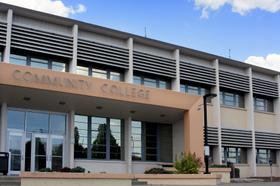What Is a Community College? (2025 Update)
Introduction
A community college is a public, open-access higher education institution that offers affordable post-secondary options—typically associate degrees, certificates, and workforce training programs. In 2025, as families weigh the rising costs of four-year universities, community colleges remain a cornerstone of the American education system, blending affordability, flexibility, and career readiness.
1. Purpose & Mission
Community colleges were created to expand access to higher education. Unlike selective universities, they admit nearly all students who hold a high school diploma or equivalent. Their mission has broadened in recent years to focus on:
Career preparation: Short-term credentials for fast-growing fields like healthcare, IT, advanced manufacturing, and AI.
Transfer opportunities: Pathways that allow students to begin locally, then move on to a four-year institution at lower total cost.
Lifelong learning: Flexible courses for adults balancing work, caregiving, or reskilling.
As Dr. Walter Bumphus, president of the American Association of Community Colleges (AACC), recently noted, “Community colleges have always been gateways to opportunity, but in 2025, they are increasingly engines of innovation in workforce development.”
For parents exploring options, resources like our guide on how to compare school types can be helpful when weighing community colleges against other educational pathways.
2. Enrollment & Scale
According to the U.S. Department of Education, the United States is home to about 1,026 community colleges, serving more than 10.5 million students nationwide. Roughly 6.4 million are enrolled for credit, while another 4.1 million take non-credit continuing






















